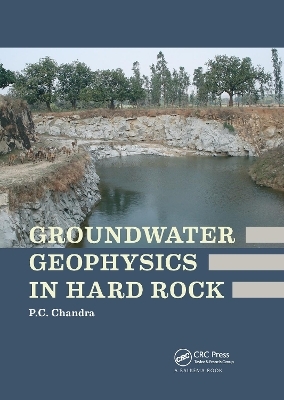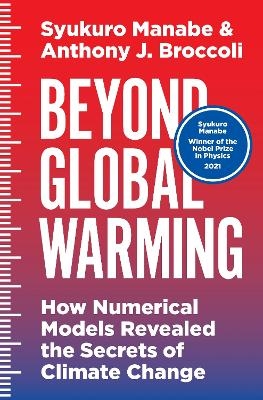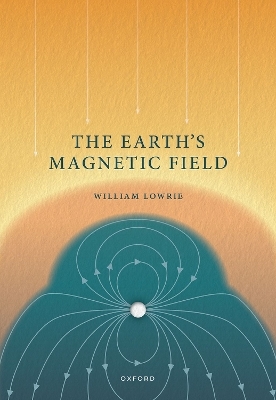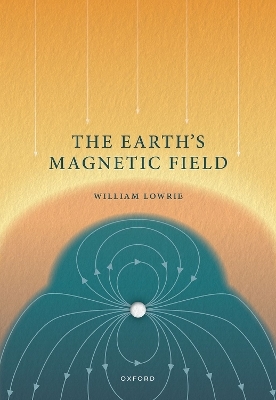
Groundwater Geophysics in Hard Rock
CRC Press (Verlag)
978-0-367-78335-8 (ISBN)
In hard rock terrain, shallow water wells generally have a poor to moderate yield. Sinking wells deeply to tap yielding fracture zones often backfires, because the borehole may miss the saturated fracture zones at depths. A wrong approach to groundwater exploration in hard rock has therefore often led to unnecessary recurring expenditures and waste of time, something that could have been avoided by a systematic and proper geophysical approach. The combination of various geophysical techniques with environmental conditions is essential to constrain the interpretation and reduce uncertainties in this respect. This book presents the approach to groundwater exploration in hard rocks, various geophysical techniques and combinations to be used, interpretation of data with case studies and drilling results and the preparation of different utility maps.
Dr. Prabhat C. Chandra, a professional groundwater geophysicist, was born in Varanasi, India in 1950. He received B.Sc. and M.Sc degrees in Geology and Geophysics from Banaras Hindu University (BHU) in 1970 and 1972 and was awarded the N.L. Sharma Gold Medal in Geology and first rank in Geophysics. Soon after, Dr. Chandra started his career as a groundwater geophysicist at the CSIR-National Geophysical Research Institute, Hyderabad (NGRI) India and in 1978 joined the Central Ground Water Board (CGWB), Govt. of India. His doctoral thesis was on groundwater geophysics. He superannuated in December 2010 at the age of 60 as Director, CGWB. During his 38 year professional career he has had ample opportunity to work on a variety of groundwater issues in almost all the hydrogeological terrains of India including hard rock, coastal tracts, limestone, basalts, alluvium, desert, islands and hilly tracts. In view of the scarcity of groundwater in hard rock he took up the challenging geophysical investigations of delineating fracture zones in hard rocks which cover two thirds of the country. There are several papers and reports to his credit. He was trained in groundwater management through an Indo-British Fellowship from the UK. He attended World Water Week, Sweden and visited the Hydro Geophysics Group (HGG), Aarhus University, Denmark for presentations on groundwater geophysics. At Allahabad University, Central University, Patna and the Indian School of Mines, Dhanbad, he taught hydrogeology and groundwater geophysics. After superannuation he worked as a consultant to The World Bank, New Delhi and as an expert to CSIR-NGRI along with experts from the U.S. Geological Survey (USGS) and HGG, Aarhus University, Denmark for aquifer mapping in pilot projects through heliborne geophysical surveys and as advisor to WAPCOS Ltd. Govt. of India for aquifer mapping of the National Capital Region through surface and borehole geophysical surveys. The book ‘Groundwater Geophysics in Hard Rock’ is based on his vast experience in delineating the fracture zones in hard rocks, subsurface characterization and locating high yielding well sites.
1 Groundwater issues in hard rock & geophysics; 2 Introduction to the hydrogeology of hard rock; 3 Introduction to geophysical investigations in hard rock; 4 Planning of geophysical surveys; 5 The magnetic method; 6 The electrical resistivity method; 7 The self potential method; 8 The mise-a-la-masse method; 9 The frequency domain electromagnetic method; 10 The very low frequency electromagnetic method; 11 The time domain electromagnetic method; 12 The borehole geophysical logging methods; 13 Integrated geophysical survey; 14 Geophysical methods in management of aquifer recharge & groundwater contamination study
| Erscheinungsdatum | 06.04.2021 |
|---|---|
| Verlagsort | London |
| Sprache | englisch |
| Maße | 174 x 246 mm |
| Gewicht | 657 g |
| Themenwelt | Naturwissenschaften ► Geowissenschaften ► Geophysik |
| Technik ► Umwelttechnik / Biotechnologie | |
| ISBN-10 | 0-367-78335-5 / 0367783355 |
| ISBN-13 | 978-0-367-78335-8 / 9780367783358 |
| Zustand | Neuware |
| Haben Sie eine Frage zum Produkt? |
aus dem Bereich


